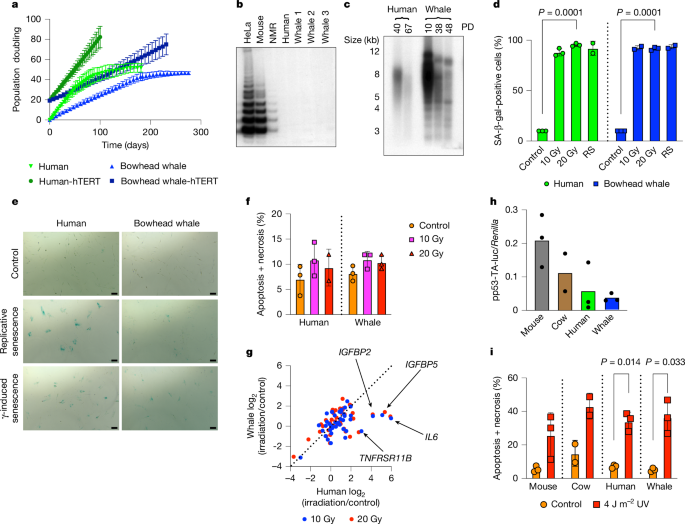- Weekend Rounds
- Posts
- What The End of the U.S. Government Shutdown Means for Veterinarians
What The End of the U.S. Government Shutdown Means for Veterinarians
Plus: How AI can help reduce animal testing
Hello 👋
Welcome back to another edition of Weekend Rounds!
This time of year, the only thing better than a plan-free weekend is having Weekend Rounds waiting in your inbox. So whether it’s a quiet couple of days or a chaotic on-call stretch, here’s your curated look at the stories shaping your work, your patients, and the future of veterinary medicine.
Here’s what we’re covering:
🇺🇸 What the end of the U.S. government shutdown means for vet med
💻️ CVMA launches new webinar series on EDI
🐀 How the UK will use AI to reduce animal testing
🚀 Quick hits

🇺🇸
What the end of the U.S. government shutdown means for vet med
The 43-day federal government shutdown—the longest in U.S. history—ended on November 12 with the passing of a short-term bill that extends funding for most federal agencies through January 30, 2026, while granting full-year funding for select departments, including the U.S. Department of Agriculture (USDA), through September 30, 2026. The bill also guarantees back pay for federal employees, reinstates workers terminated during the shutdown, and temporarily prohibits agencies from reducing full-time staff.
The bill provides $203.4 billion in total funding for the USDA and FDA and includes several provisions relevant to veterinary medicine.
Courtesy of the AVMA, here are the major impacts to veterinary medicine:
Extends most provisions of the 2018 Farm Bill—which were set to expire September 30—through September 30, 2026
Funds the Veterinary Medicine Loan Repayment Program, Veterinary Services Grant Program, and Food Animal Residue Avoidance Databank at FY 2025 levels. That is $10 million, $4 million, and $2 million, respectively
Fully funds the National Bio and Agro-Defense Facility
Includes a $15 million increase for the USDA's Food Safety and Inspection Service budget for State Meat and Poultry Inspection and Cooperative Interstate Shipment programs
Requires the USDA to report on its New World screwworm domestic readiness and response initiative
Earmarks $750,000 for Alaska Native Rural Veterinary Care; $1.9 million for the University of Georgia's Veterinary Diagnostic Laboratory Pathological Waste Incinerator; $1 million for the development of a DVM program at the University of Maryland-Eastern Shore; and $560,535 for a Mobile Veterinary Research and Training Laboratory at Utah State University
💻️
CVMA launches new webinar series on EDI

Last week, Dr. Jordan Woodsworth led the first of four webinars in a new EDI in Veterinary Medicine series by the Canadian Veterinary Medical Association. The webinar series, called ‘Our Patients Don’t See Colour, So Why Do We Need EDI? Understanding Race, Racism, and Anti-Racism in Veterinary Medicine’ shines a light on how inclusion and equity directly impact our teams, clients, and the animals we serve.
The next three webinars are:
Feb 12: Power, Privilege, Intersectionality & Social Determinants of Health
Mar 19: Microaggression & Implicit Bias
May 14: Ally, Accomplice & Anti-racism Action
Obi Veterinary Education is proud to partner with the CVMA as the exclusive host of enduring materials this powerful and timely lecture series.
After the final session in June, the full 6-hour series will be transformed into bite-sized, RACE-approved microlearning modules, available only on Obi Veterinary Education.
🐀
How the UK will use AI to reduce animal testing
The UK has announced a new national strategy to accelerate the phase-out of animal testing by expanding the use of artificial intelligence, 3D-bioprinted human tissues, and other advanced non-animal research tools. Science minister Patrick Vallance emphasized that certain animal tests—still required for products like vaccines and pesticides—will only be replaced when equally reliable alternatives exist, but the government plans to speed this transition through increased research funding and streamlined regulation. Key technologies highlighted include organ-on-a-chip platforms, AI-driven safety prediction models, and bioprinted human tissues that replicate skin, liver, and other organs for testing.
Under the roadmap, several long-standing animal tests will be eliminated or significantly reduced on a set timeline:
By 2026: Regulatory testing for skin and eye irritation and sensitization will end
By 2027: Botox potency tests on mice will end
By 2030: pharmacokinetic studies on dogs and non-human primates will be reduced
Animal-welfare groups and researchers welcomed the strategy, noting that it lays the groundwork for ethical, high-quality science and provides infrastructure to help labs adopt non-animal methods more rapidly.
For veterinarians, these developments signal a future decline in demand for research animals, potential shifts in laboratory-animal care standards, and an increasing need to understand emerging non-animal testing technologies as they influence drug development, toxicology, and regulatory science.
🚀
Quick Hits
Here are some of the other stories that caught our eye and we're following this week from around the veterinary world and animal kingdom:




